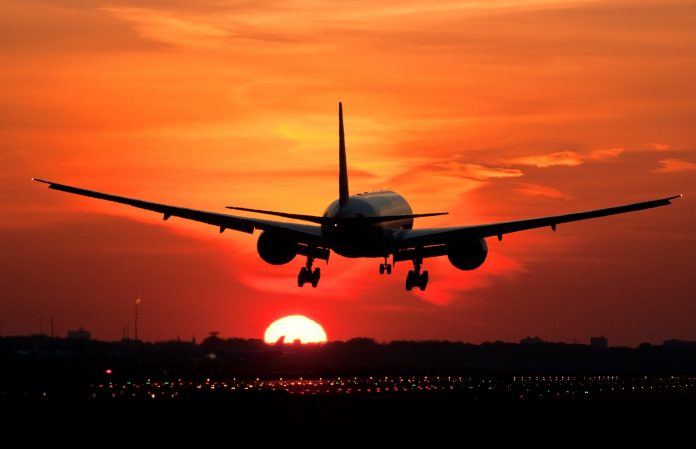One only had to visit Heathrow in the summer of 2022 to see how the airline industry had been drastically affected by the effects of COVID-19
Globally, the industry has struggled, from major airport IT system failures, huge lineups and lost luggage, it still has a long way to go in its digital transformation journey. While many industries with resilient digital foundations, such as capital markets, used the pandemic to accelerate projects, the airline industry has not seen the same investment in digital transformation.
Rethinking aviation’s digital foundation
The pandemic badly exposed flaws within the aviation industry that showed the need for a digital reset. The sector is due to a complete revamp in its foundational system and modernisation to allow it to support higher operational efficiencies while improving the customer experience, safety and sustainability practices. These two points have always been major areas that the airline industry has historically marked as critical for improvement. In a post-pandemic world, customer experience is now measured in an airline’s ‘reliability’ and the real-time quality of its communications. Operational efficiency across the industry must focus on the growing public demand for greater resiliency and sustainability. These goals can be met by implementing an event-driven architecture to enable agility with a robust, real-time data backbone.
The demand for resilient real-time data
It may seem obvious, but timing is crucial in the aviation space at every level. With more flights taking off than ever before, it is essential that an operator can safely coordinate landing, cleaning, catering, the crew and most importantly, the passengers. The bottom line is that the faster a plane can land and be back in the air, the less money is lost in the transit process. This is not to mention the effects that a delayed or even cancelled flight can have on the ecosystem of an airport. Even one-missed event can cascade into a myriad of downstream impacts. While those in the industry typically err on the side of caution, there are technological advancements that can be brought in. Algorithms can leverage dependable, real-time data, which helps airliners avoid delayed flights.
The benefits are not only reactive but proactive as well. As in all industries, the value of information rapidly diminished over time. Say in the event of a flight landing, an airline can alert customers by text that they can collect their baggage from a specific carousel. Receiving that information as soon as they’ve disembarked is far more useful than getting the alert after a 20-minute wait in the arrivals area.
Helping the aviation industry bounce back
The effects of the pandemic have meant that there are now many more regulations, risks and materials thrown into the mix with every journey. This makes the implementation of resilient real-time data not just a ‘nicety’ but a necessity. To help better serve customers, aviation leaders must find secure and accurate ways of getting the correct information to the correct place at the correct time. Many are aware of this and have been embracing a technology called ‘event mesh’ to enable them to do so.
An event mesh instantly routes information across multiple applications, connected devices and people anywhere in the world. It enables information about events to be continuously streamed to multiple systems and filtered, so each system only receives the data it needs. Airlines can improve operational responsiveness with an event mesh, simultaneously improving customer satisfaction and safety.
Take the example of a boarding pass being scanned at the gate. The event is the boarding pass scan, which is not tied to any system. The event ‘occurs’ and then is available, at once, to all systems. Some applications will not need the information and simply won’t receive it, freeing up their data capabilities, while those that do, respond to the event immediately. This entire process allows the passenger to continue seamlessly on their journey.
If these key events in the flight process are available across multiple systems and teams, the ability to respond to them is much higher, and greater value can be unlocked.
Managing the skies
If we zoom out from improving the customer experience, one of the most glaring points that can be improved is the journey of the aircraft itself. Air traffic management is the most crucial aspect of aviation that can benefit from a real-time event mesh. An event mesh can help improve the safety, efficiency and convenience of air travel. One of the issues seen in airports surrounds backbone messaging, whether across a busy airport or panning out to a large number of consumers. In routing data, they can feed aircraft, applications, and other systems in real-time, whether traffic flow, positions of a plane or even the weather.
The aviation industry could not use the pandemic as an opportunity for digital transformation as other sectors did. By embracing digital event-driven technologies, they can better deliver the extreme resiliency, security, scalability and performance it has been looking for. Doing so will drastically transform how we fly and manage air traffic.
This piece was written and provided by Tom Fairbairn, Distinguished Engineer, Solace.











